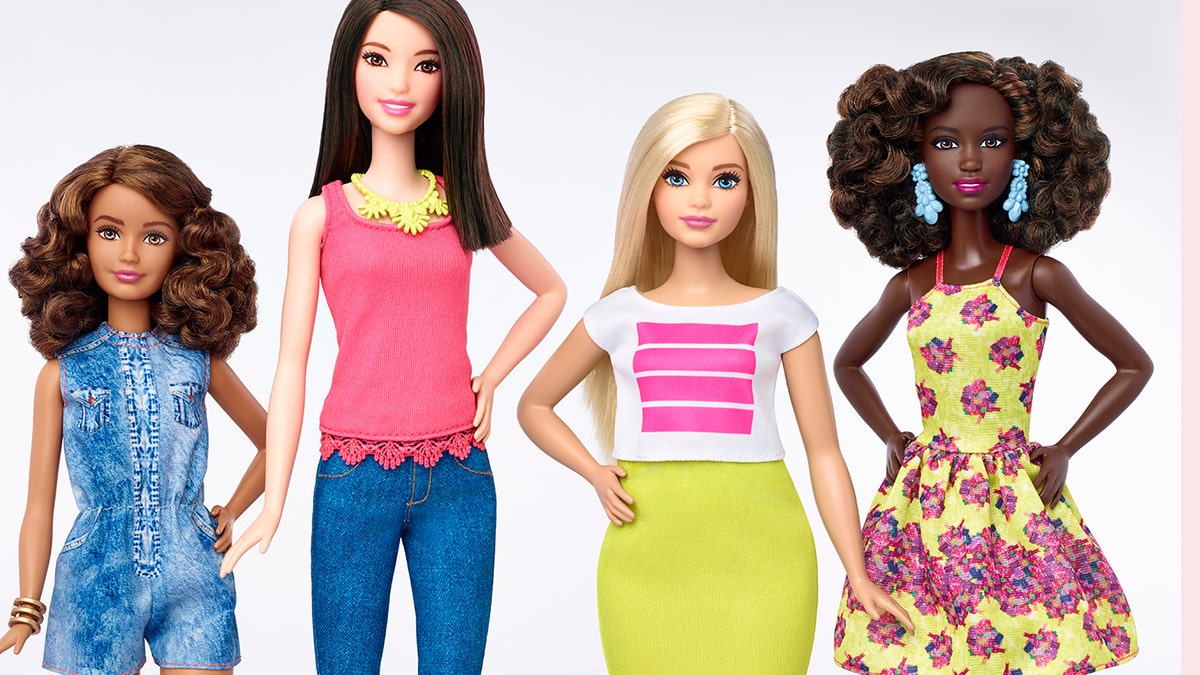
(Mattel)
Finally, the dreams of every little girl of color have come true. For those who don’t look like the traditional blond, blue-eyed and dubiously shaped Barbie, this year, Mattel offers an inspiring change – a new set of Barbies who look a lot more real.
Barbie announced today that it’s ‘Fashionista’ line will include three new body types; tall, petite, and curvy, seven different skin tones, 22 eye colors, and 24 new hair styles.
“It’s really exciting. Barbie is finally listening to consumers, parents, girl advocates and groups like ours,” says Pia Guerrero, founder and editor of the blog, AdiosBarbie.com and editor-in-chief of Sheheroes.org.
Mattel has made some changes in recent years; last year the company presented 23 new dolls with varying skin and hair color and a much-needed flat foot, rather than the perpetually arched one, designed to fit into sky-high heels. But not since the first doll launched in 1959 has Barbie offered a significant change in body types.
“Barbie has made gestures in the past, but nothing this dramatic. It’s really revolutionary,” Guerrero told Fox News Latino.
“They’ve really diversified the faces as well. In the past, they’ve simply painted the (white) face with black paint,” Guerrero said.
It’s proven that toys and play impact kids’ perceptions of themselves and the community in which they live, she added.
Evelyn Mazzocco, senior vice president and global general manager for Barbie, said it was time to change the face of the brand, literally.
“These new dolls represent a line that is more reflective of the world girls see around them,” she said. “The variety in body type, skin tones and style allows girls to find a doll that speaks to them.”
Perhaps this latest addition to the line couldn’t have come soon enough. In 2014, Mattel announced in their annual report, a 14 percent global drop in sales of Barbie, the eighth consecutive quarter in which numbers fell.
To many, the change hasn’t come fast enough.
"There will be people who say we haven’t gone far enough, or people who ask what’s next, question our commitment to this,’ Tania Missad, Mattel’s director of global brand insights, told the Telegraph.
Guerrero agrees that although Mattel is finally making movements forward, there’s still room for growth.
“The ‘Fashionista’ line is a step forward, but you have to look at the aspirational Barbie or “career Barbie,” she says. “There’s a reliance on tropes of what a “woman career” is supposed to be. Barbie’s not a physicist, but a veterinarian. And even the ‘Fashionista’ line is still about what clothes she’s wearing and what she looks like on the outside, with a virtually unattainable body shape.”




















